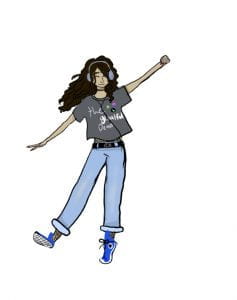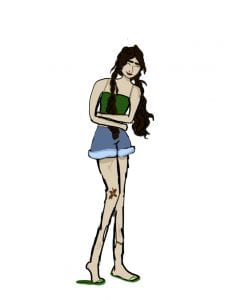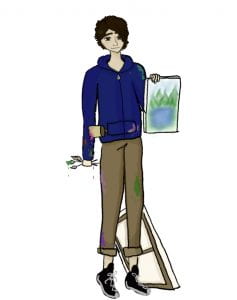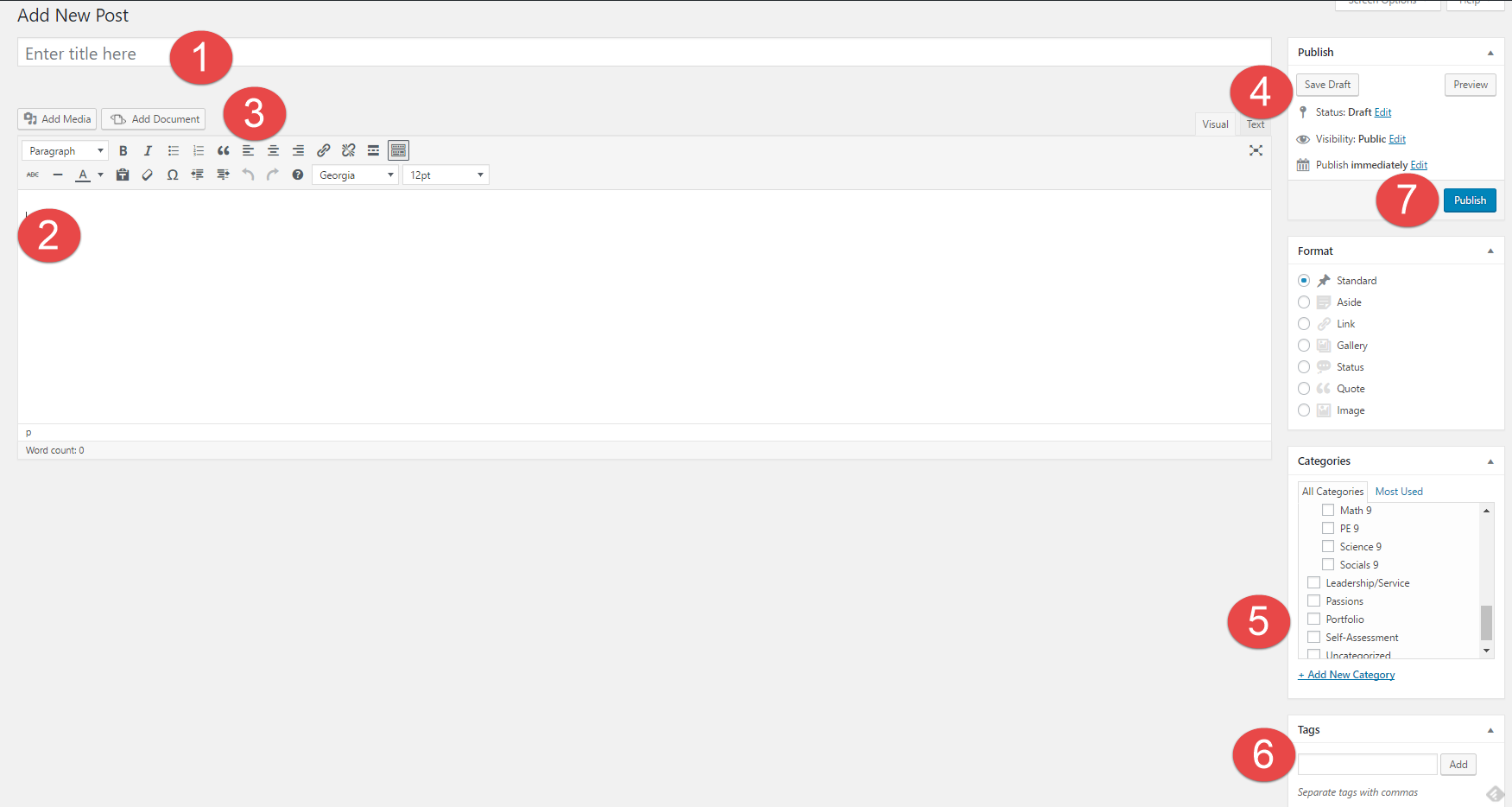Hi!
Welcome to the final presentation of my in-depth. I will try to briefly explain my project so I can show you what I’ve done. I set out at the beginning of this project with a goal in mind, to at least try and write a novel with some good characters and a fair amount of detail, and then to present those characters and ideas to others. I initially wanted to write ten or so chapters with multiple drafts, and I did meet that; I have 22 chapters with a single draft and 10 chapters with a second draft ( I’ve posted the draft of the first 3 chapters in other blog posts as evidence of learning if your interested in reading through them.) anyway, bellow I have posted a chose your own adventure adaption of chapter 14 of my book (I thought it was an eventful interesting chapter that would generate some actual interest in the book.) and brief list of characters in my book, enjoy!
this is a choose your own adventure version of chapters 13-14 of my book as i felt they were very engaging chapters. they were slightly adapted to fit the chose your own adventure format but i think they represent the detail, character development and first person narration that i was working on. ( to access please go to the choose your own adventure story at the top of the page)
This is a brief description of all of the characters in my book and what purpose they have. The classifications are…
Main character: frequent dialogue, appears on nearly every page, greatly contributes to the plot
Sub main: two out of three of the above characteristics i.e. greatly contributes to the plot and has frequent dialogue but isn’t on every page
Side character: has occasional dialogue, often supports the main characters back story more so then they do the plot, only appears in a couple of chapters
Back ground character: either only mentioned or has one or two lines of dialogue
Character name character type character details
|
Safina Dupont |
Narrating main character |
Narrates the whole book. after her family uproots its self and moves back to the town her dad grew up in, follow her on some pretty insane adventures around the town of black pine. Personality traits. Witty/sarcastic Curious Quirky Creative observant |
|
Anniya Pavlov |
Main character |
A native a black pine, or so we think… she knows a lot of the secrets and the lies behind the ‘charming town’ facade. But she’ll only reveal the dark and gloomy things with time. She wants to leave because she doesn’t truly belong in black pine.
Personality traits. Tough Sporty Adventurous Reckless Impulsive. |
|
David Pavlov |
Main character |
He wants to believe he should be there. Unlike his twin sister he’s nervous to break the mold and go on adventures, he doesn’t want to admit the things he’s seen.
Personality traits Artsy Shy Quiet intelligent |
|
Alex Dupont |
Sub main character |
Just the guy bagging grocery’s at the local store right? Well…probably. we actually may never know. no one gives him a second look until his sister mysteriously dies. |
|
Evlyn Dupont |
Side character |
She seems to kind and too welcoming at first, but she can probably tell if your family (even if the space time continuum can’t) |
|
Ruby |
Side character |
Just an ‘innocent’ girl who lost her best friend. |
|
Thomas |
Side character |
Just Rubys ‘innocent’ classmate |
|
Mayor Dupont |
Side character |
The rather aggressive and toxic mayor of black pine |
|
Mr. Dupont (Safina’s dad) |
Side character |
Safina’s extremely stressed out father |
|
Ms. Dupont (Safina’s mom) |
Side character |
Safina’s calm and artistic mother |
|
Ms. Edwards |
Side character |
The math teacher, she seems like the only thing in this town that’s moved in to the twenty first century. |
|
Mr. Owens |
Side character |
The history teacher who may actually still be stuck in the nineteenth century |
|
sheriff |
Back ground character |
The town sheriff. |
|
Millie Dupont |
Back ground character |
Alexs sister. |
But what exactly is black pine?
I feel like the plot spelled out in a single (and hopefully attention grabbing) sentence would be ‘in a tiny town held together by a thin web of lies, murders and fires only the ghosts know the truth.’ But black pine is really a world I’m trying to create, one of the difficult (and unexpected) parts of writing a fiction novel is research, I’ve been trying to essentially create a magical rule book as in the book we go back and forth between past and modern day black pine.
I thought that adding some visuals might make the world of black pine come more to life, I really like drawing and have read in several places that drawing your characters can help you write them better so these are some sketches I did of my characters, just in case you were curious what my characters look like.
safina:
david:
if you’re interested in seeing the edited chapters of my book here is a copy ( not all of the chapter after 10 have names yet)
thank you for reading through my in-depth I hope you enjoyed it!
 Anniya:
Anniya:

